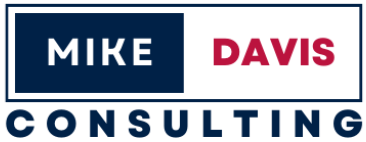In the intricate world of government contracting, having a crystal-clear understanding of your requirements is pivotal. Enter the Performance Work Statement (PWS), a crucial tool that provides a comprehensive outline of the work to be performed. This blog post will delve deep into what a PWS is, how to draft one, and pro tips on securing federal contracts with a professionally written PWS.
1. What is a Performance Work Statement (PWS)?
A PWS is a formal document used in government contracting to describe the technical, functional, and performance characteristics of the work to be executed. Unlike a Statement of Work (SOW) that emphasizes “how” the work should be done, a PWS defines the desired outcome or “what” needs to be achieved, giving contractors the flexibility to determine the best way to meet those objectives.
2. Crafting a PWS – Essential Elements:
A meticulously written PWS ensures clarity and reduces the potential for disputes. Here’s how to construct one:
- Title: Start with a clear title, indicating the project or service you are contracting for.
- Scope: Outline the overall purpose and objectives of the project. This sets the stage for everything that follows.
- Performance Objectives: Detail the expected outcomes or deliverables. Use clear, measurable terms.
- Standards: Specify any applicable performance standards. This could range from quality assurance metrics to safety regulations.
- Constraints: Address any specific limitations, whether they be budgetary, time-bound, or technical.
- Assumptions: Identify assumptions that underpin your PWS. This helps in preempting potential disagreements.
- Period of Performance: Clearly state the start and end dates, and any milestone dates in between.
- Deliverables Schedule: Provide timelines for all expected deliverables.
3. Tips for Winning Federal Contracts with a Professional PWS:
- Detail Matters: A well-defined PWS displays professionalism and a thorough understanding of your project’s needs, making it easier for potential contractors to provide accurate bids.
- Flexible Yet Precise: While it’s crucial to be clear about the outcomes, offer flexibility in the approach. This not only attracts innovative solutions but also positions you as a reasonable, understanding client.
- Engage Stakeholders: Regularly consult with all stakeholders, from end-users to technical experts, to ensure that the PWS is comprehensive and feasible.
- Research and Benchmark: Understand market capabilities and industry standards. This ensures that your requirements are neither too ambitious nor too underwhelming.
- Feedback Loop: Create a process for feedback, both during the PWS drafting phase and after contractor selection, to continually refine your approach.
Conclusion:
A well-crafted Performance Work Statement is more than just a bureaucratic necessity; it’s a strategic tool in government contracting. When constructed meticulously, it provides a robust foundation for project success, giving potential contractors clear insights into your requirements and expectations. Remember, the devil is in the details, but so is the opportunity to shine and secure that coveted federal contract.







